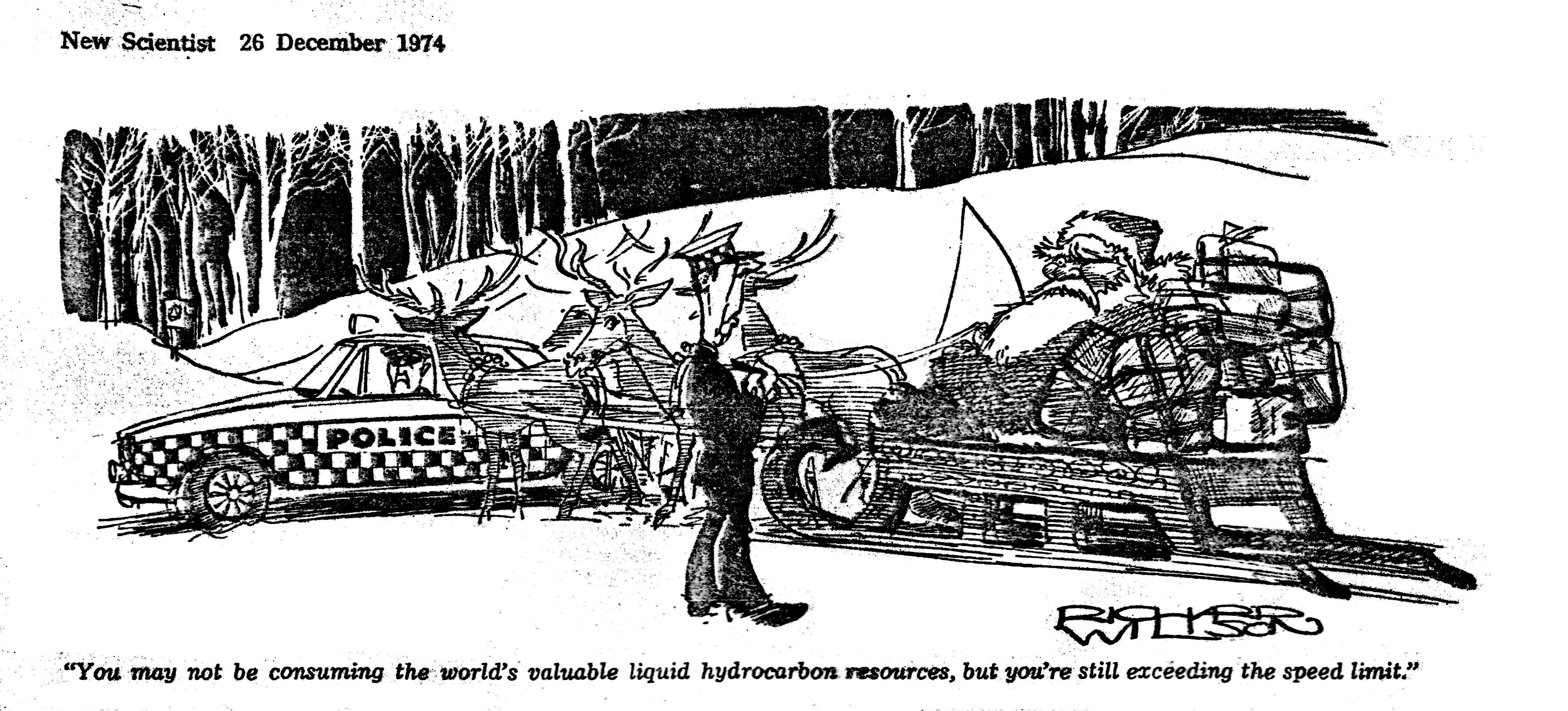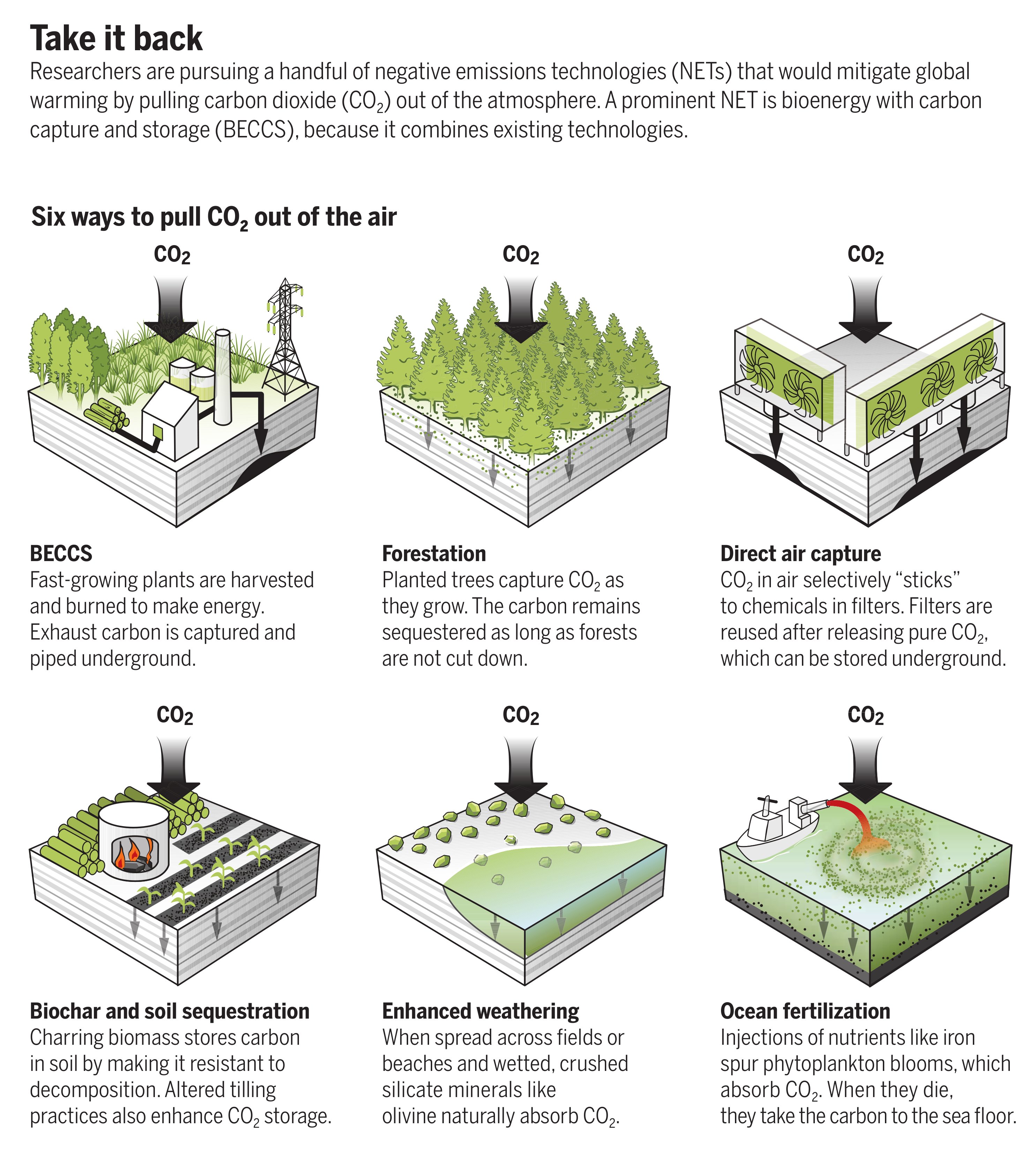
Fossiele en biologische brandstof
 Fossiele brandstoffen zijn niets anders dan in vroegere geologische
tijden opgeslagen zonneenergie. We verbranden per jaar nu ongeveer
wat in een half miljoen jaar gevormd is, vooral in de vorm van aardolie
en steenkool.
Fossiele brandstoffen zijn niets anders dan in vroegere geologische
tijden opgeslagen zonneenergie. We verbranden per jaar nu ongeveer
wat in een half miljoen jaar gevormd is, vooral in de vorm van aardolie
en steenkool.
Tot niet zo lang geleden werd stadsgas gemaakt op basis van steenkool.
Hoofdbestanddelen waren steeds waterstofgas, methaan en
koolmonoxide
.
In de industrie werd en wordt synthesegas gebruikt, verkregen door
steenkool, cokes of ook biomassa met stoom te verhitten.
Hoofdbestanddelen zijn
waterstof
en koolmonoxide.
Biomassa
In plaats van fossiele brandstoffen c.q. chemische grondstoffen
kan ook plantaardig materiaal van recente oorsprong gebruikt worden.
Wil dit een netto effect op het CO2 gehalte van de atmosfeer
hebben, dan moeten de verbrandingsgassen onschadelijk gemaakt worden.
Zie het schema dat op 2019-02-16 gepubliceerd is in Science, ©AAAS.

Ander gebruik van aardgas
Je kunt stellen dat verbranden zo ongeveer het domste is wat je met
aardgas kunt doen.
•
Aardgas bevat ook hogere koolwaterstoffen (etheen en ethaan) die een
belangrijke grondstof zijn voor de chemische industrie.
•
Ongeveer 2% van het mondiale energiegebruik wordt gebruikt voor
ammoniaksynthese volgen het
Haber-Bosch
proces. Er zijn wel ontwikkelingen om de ammoniaksynthese minder
energie intensief te maken, maar dat zijn toch vooral proefopstellingen
in laboratoria.
Een groot deel van de gesynthetiseerde ammoniak wordt gebruikt
voor de fabrikage van kunstmest. Een andere belangrijk bestanddeel
van kunstmest is
fosfaat
waar geen vervanging voor is. We zijn afhankelijk van fosfaatmijnen
vooral in Marokko
en de genoemde ammoniaksynthese om de wereldbevolking te voeden.
Voor het Haber-Bosch proces zijn stikstof (80% van de lucht bestaat
daaruit dus dat is geen probleem) en waterstof die vaak verkregen
wordt uit methaan (CH4) of wel aardgas nodig.
Meer informatie
Shale gas, which is composed mainly of methane, ethane and propane, is
turning that pathway on its head. The abundance of the gas has slashed
the costs of these molecules. As a result, some are now usurping large
hydrocarbons as the preferred starting point for industrial synthesis.
This shift from oil to gas brings enormous opportunities. According to
the American Chemistry Council, a trade group based in Washington DC, the
shale boom has attracted about US$160 billion in investment from the US
chemical industry since 2011, and will help to create half a million jobs
in plastics manufacturing over the coming decade1. But it also poses huge
challenges. Some of the main techniques that are used to turn the
components of shale gas into more valuable compounds -- processes
generally known as upgrading -- are decades-old, dirty and
energy-intensive. And they rarely produce the same mix of chemicals as
conventional oil-based routes, which means that some relatively minor,
yet valuable, chemicals such as butadiene, an ingredient of synthetic
rubber, are becoming scarcer.
http://www.nature.com/polopoly_fs/1.22753!/menu/main/topColumns/topLeftColumn/pdf/550026a.pdf
Energiemonitor - Gas: Een duivels dilemma - 12 februari 2018
https://insights.abnamro.nl/2018/02/energiemonitor-februari-gas-een-duivels-dilemma/
Energiemonitor - 't Het mooi west - 18 april 2018
https://insights.abnamro.nl/2018/04/energiemonitor-april-t-het-mooi-west/
How natural gas could be a geopolitical game-changer in the Mideast
https://www.youtube.com/watch?v=pay5dKYvXGU
36m25s
Politics, power and pipelines - Europe and natural gas
Russia hopes a new Baltic Sea pipeline will strengthen its gas market
position in Europe. But the Nord Stream 2 pipeline project is highly
controversial.
https://www.youtube.com/results?search_query=Nord+Stream+2
Gasverslaafd (verschenen 7 februari 2018)
https://www.groene.nl/artikel/gasverslaafd


© Harm J. Schoonhoven Versie 11 juni 2019. Distributed under
MIT licence
.



 Fossiele brandstoffen zijn niets anders dan in vroegere geologische
tijden opgeslagen zonneenergie. We verbranden per jaar nu ongeveer
wat in een half miljoen jaar gevormd is, vooral in de vorm van aardolie
en steenkool.
Fossiele brandstoffen zijn niets anders dan in vroegere geologische
tijden opgeslagen zonneenergie. We verbranden per jaar nu ongeveer
wat in een half miljoen jaar gevormd is, vooral in de vorm van aardolie
en steenkool.


